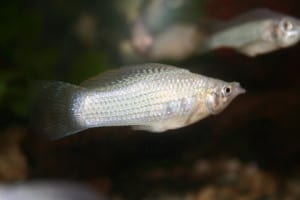
Common name: Silver Molly
Scientific name: Poecilia Sphenops
Average Adult Fish Size: 5-10 CM
Place of Origin: Central America
Typical Tank setup: Molly’s are a very popular aquarium fish, and don’t require anything special. A peaceful community aquarium with at least 2 females should be kept to each male, so they aren’t continually harassed. Also for the same reason, a tank housing both male and female Molly’s would ideally contain plants so the females can get out of the way of the male.
Recommended Minimum Aquarium Capacity: 5 gallon / 20 litre
Compatibility: Peaceful community tank mates like Platy’s, Guppies and Tetra’s.
Temperature: 21 – 28 Deg C / 70 – 82 Deg F
Water chemistry: pH 7.5 – 8.5
Feeding: Molly’s should be fed once or twice a day. It is very important not to over-feed your Molly. All food should be consumed after just a few minutes. If not, you are feeding your Molly to much food in one serving. You can buy flake food specially made for tropical fish, such as the Molly in your fish store. A flake food diet is a good base for the Molly, but should ideally be supplemented with live food. Your Molly will survive on flake food alone, but the live food makes the Molly more well-nourished and healthier. Live or frozen Brine Shrimp is a popular Molly fish food since Brine Shrimp is very easy to produce at home. Bloodworms, Micro Worms, Fruit Flies, Mosquito larvae, Daphnia and chopped up Earthworms are other examples of suitable food for your Molly.
Sexing: Males are more slender, females more round. Males also have a modified anal fin.
Breeding: Molly’s breed the same way as Guppies, it can be difficult to stop them! The females are nearly always pregnant, and can store sperm for up to 6 months. She will also give birth to between 10 and 40 fry every 4 to 6 weeks. One of the best methods for getting plenty of healthy strong fry is to set up a breeding tank. A 10 Gallon tank is easily large enough, with plenty of plants for fry to hide in, such as Java Fern or Java Moss. Many people use breeding traps or nets in their community tanks. These are small plastic or net containers that float in the tank. These can easily stress adult fish, and lead to aborted pregnancies or even death. If you must use them, please only put the female in just before she is due to give birth, or even better, wait until the fry have been born and then catch and add them the trap. If you are using a plastic trap, then remember to change the water in it regularly.
Molly fry are easy to raise. At least a couple per brood would probably survive in a planted community tank. But if you want to save more of them, then you could use a separate “growing on” tank. A bare 10 gallon tank again would be enough. Just use an air powered sponge filter so the fry don’t get sucked in. You can feed them a variety of things such as liquifry for the first couple of days, then move up to fine crushed flake foods. Baby brine shrimp would also be a welcome addition. Remember to keep these tanks very clean as fry are more susceptible to pollutants than adult fish, so a small water change every day will be necessary, and also remove any faeces or dead fry.
Additional Information: These fish are undoubtedly one of the most popular in the hobby. They come in a massive variety of coloured strains. Many fish stores recommend these fish as suitable for first time fish owners. They are easy to look after, but will usually struggle with a cycling tank, and would probably die, so they should not be added to a tank until the cycle has been completed.

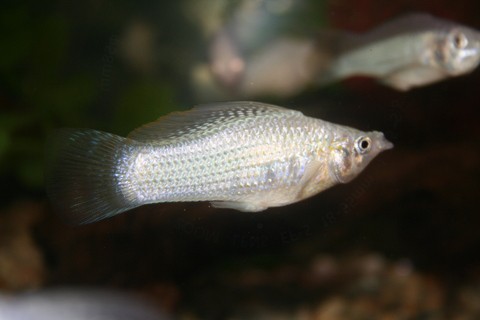
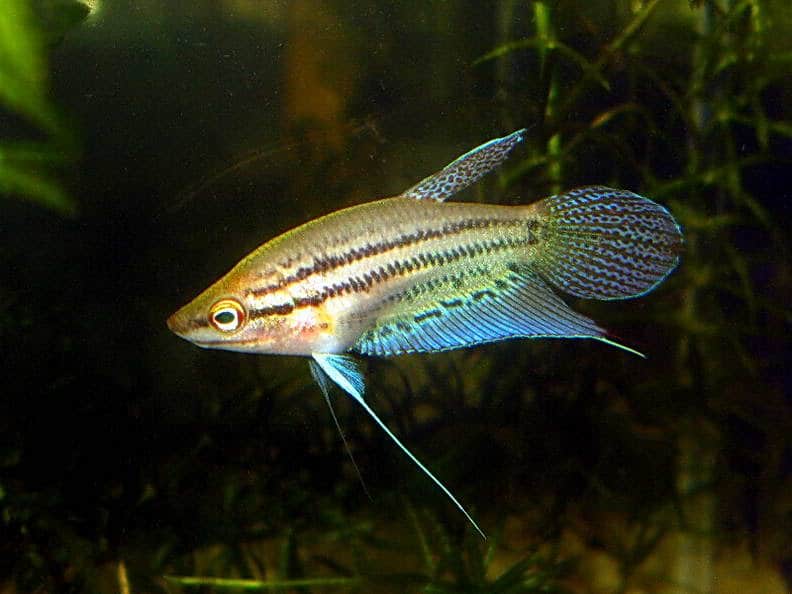
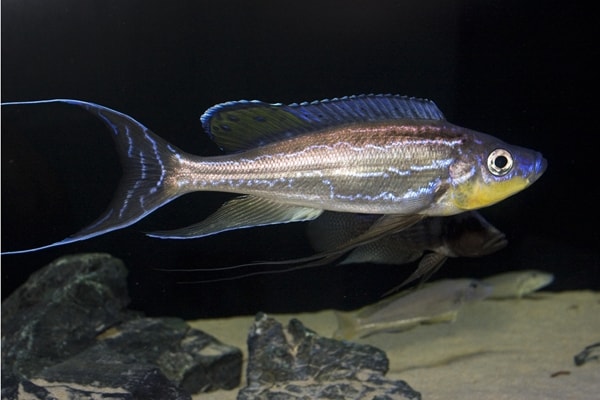
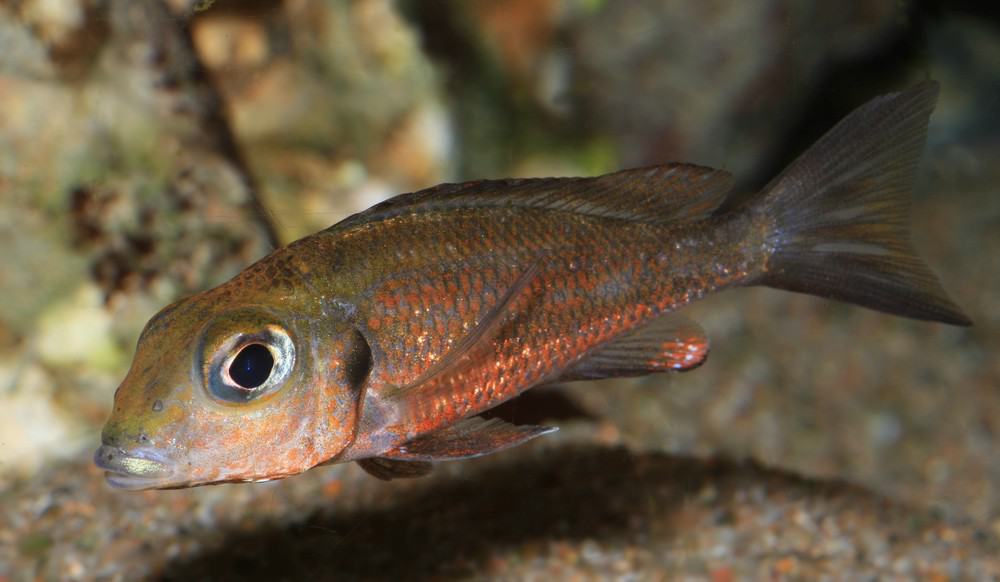
I’m keeping silver mollies in an outdoor pond in SoCal, and haven't had them through a winter yet. Very nice! And, yes the do proliferate from an early age! The males have an iridescent blue with spots tail that are quite magical! I’m happy I chose them for my water garden!
I'm keeping silver mollies in an outdoor pond in SoCal, and haven't had them through a winter yet. Very nice! And, yes the do proliferate from an early age! The males have an iridiscent blue with spots tail that are quite magical! I'm happy I chose them for my water garden!